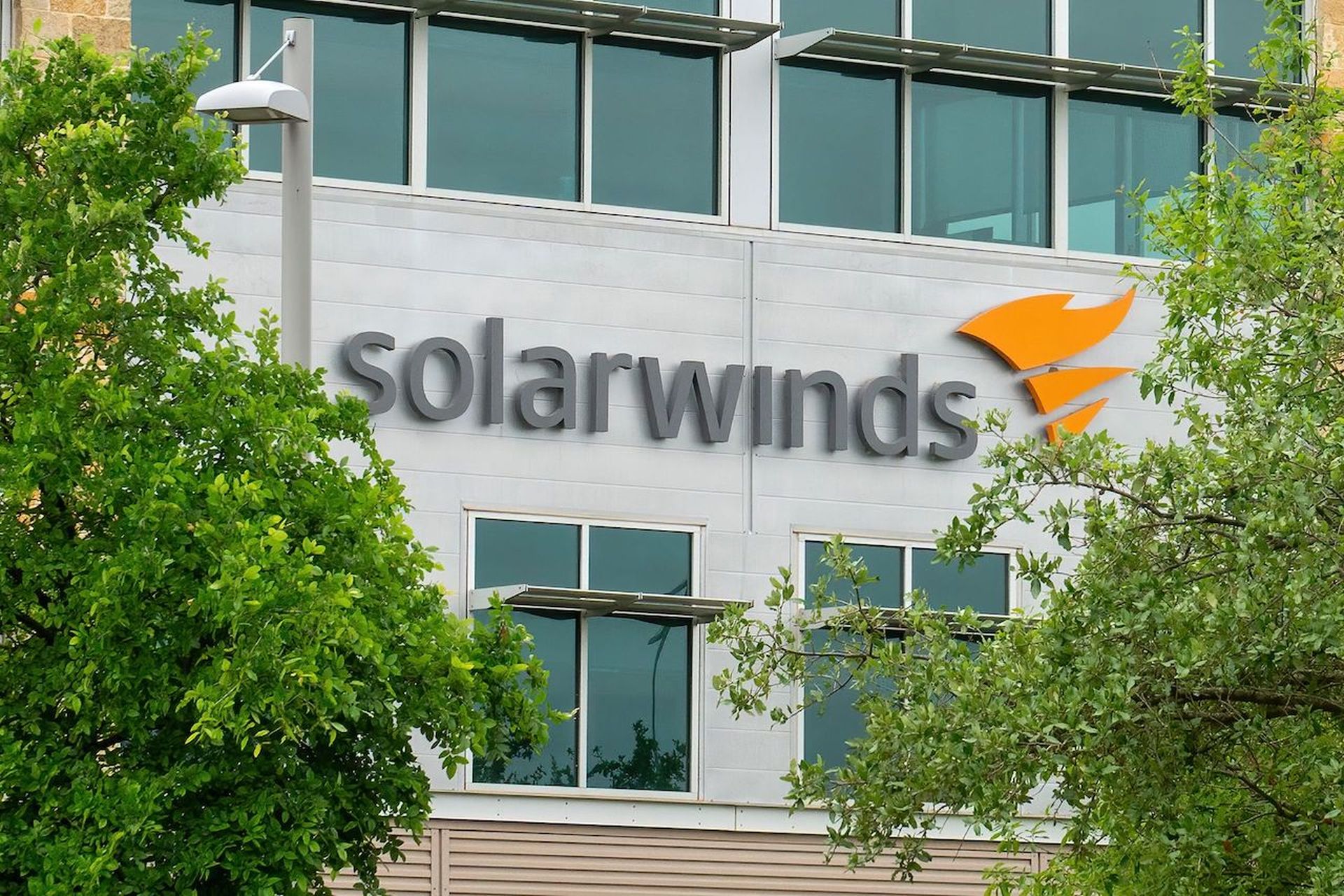
Your content development goal is to convert prospects to your website. While content is valuable when it’s spread all over the web, you really want prospects to visit you at your house – your website – where you can engage them and give them a rich experience.
You waste content development resources when you create, publish, and promote exclusively on channels you don’t own. Think social media. You work hard to create content that generates likes. You learn techniques to write compelling content. Likes won’t convert into leads.
Whether you’re writing an article, checklist, or case study, your top priority is to post it on your website, then use it as a B2B lead generation tool.
Content Development is a B2B Lead Generation Tool
Adding content to your website demonstrates how you help clients and what you can do for prospects. I’ve written before of how your value is like a homemade chocolate chip cookie. Well, your website is the bakery where you put that value on full display. Webpages, articles, testimonials, guides, offers are the treats piled high in the front window. When you fill that space with content your prospects devour, you convince your target market you:
- Understand their problems
- Have solutions
- Are trusted by their peers
- Are the thought leader they want to work with
No, you can't display your content value on social media
Okay, technically you can. You could take the “bakery case” idea and apply it to your personal LinkedIn profile, your business pages, or a Twitter feed. But that’s not a suitable content development goal. A better social goal is engagement and sharing bits of content to create interest – after you stake ownership of your content on your website.
Why Social-First is an Unreliable Content Development Strategy
Many thought leaders consider publishing content on social their primary lead generation strategy. They know thousands of people visit LinkedIn or Facebook every day. Their content development goal is to get noticed by even a small percentage of those visitors rather than cold call or learn how to prospect.
Why shouldn’t social-first be their content development strategy?
Between LinkedIn, Twitter, and Facebook you have a plethora of options for posting articles, videos, images, and resources. This isn’t altruism by the tech giants. Social media companies are businesses. Their revenue strategy revolves around keeping users on their platforms. You’re automatically at a disadvantage when you make your content strategy social-first because “winning” means your content helps the platform achieve its end goal: engaged, active, returning users to see whatever content is there today.
Content is created for an algorithm, not your target market
Part of that “winning” involves writing for the social platform’s algorithm. Unlike Google, these algorithms aren’t designed to quickly provide the best answer for your search query. The factors that push posts to the top of your prospects’ newsfeed are based on what makes people hit a like button or leave a comment. It’s likely:
- Entertaining
- Sensationalized
- Controversial
- Emotional
- Humorous
- All the above
You consume the posts as you scroll. You pause, take it in, and move to the next entertaining, sensationalized, emotional piece of content. While this can raise your brand’s awareness, it’s not connecting you with prospects looking for your solutions.
You have zero control
LinkedIn, Facebook, Twitter, Instagram, Clubhouse – any platform you think of can change their rules and algorithms whenever they want. Even a small tweak can cause your business to essentially disappear. In June 2016, Facebook decided to give priority to users’ friends and family members in the newsfeed. Businesses saw their visibility drop off a cliff.
Any business using Facebook as their primary social platform knows you must now advertise to get the level of visibility you had within your Facebook community prior to the 2016 change.
You have zero control when you are posting content outside your website. With a blink of an eye, your whole strategy can be forced to change.
Trends vanish overnight
Just like the time spent mastering a social media giant’s algorithm, you can pour countless hours into a new platform only for it to be replaced by the next big thing. Or, established players will poach the newcomer’s popular features. Clubhouse exploded onto the scene in early 2021. Twitter took notice and quickly found a way to replicate the audio meeting environment Clubhouse provides users. It forced business owners to gamble with their resources on which platform had staying power.
Long-form social posts don't help your SEO keyword strategy
ParagraphYou have a list of keywords you want to rank for on Google. An article or long-form blog you post on LinkedIn may include those SEO keywords. That article could raise your brand awareness, but it won’t boost your search results the same way a 1,000-word article using keywords on your website does.
Don’t get me wrong. Posting on social with a link to your website helps your SEO ranking by providing backlinks. But it won’t help your keyword ranking.
Do you really want to compete with dog videos?
Let’s say you publish a long-form post on Facebook or LinkedIn. It’s filled with rich solutions information and demonstrates your thought leadership. Anyone reading to the end of the article would want to work with you.
Will people finish it, or will they be distracted by the person who shared the TikTok dog video? Even if they make it to the end, will prospects want to read more, or will they scroll on to the next thing? Now you’re faced with figuring out: How do I complete with a dog video and get prospects to click to my website for more?
Likes aren't leads
When you do rack up likes, you can’t be sure people read your content. We’ve known for years that people don’t read articles they like or share on social media. They just hit 👏 or ♥, leave generic pre-generated comments, and move on. Your title caught their attention. Your content did not.
While likes make you feel good, they aren’t leads that make you feel successful.
Promote - don't publish on social for SEO effectiveness
Social media is effective for raising brand awareness and gathering referrals. You can increase your connections and start conversations. As a promotional tool, it amplifies the content you publish on your website.
Publish your rich, thought leadership content on your website first. Then promote it with comments or condensed versions including links to your website. You get the benefit of being visible on social while creating an SEO backlink Google likes and driving traffic to your website. Once on your site, you can provide your visitors a full experience.
Know what your SEO content development goal is as you select where, what, and how you’re going to post.
Set a Content Development Strategy That Converts Leads
A funny video or thoughtful social post doesn’t convert leads. Target market focused content on your website will. Let’s talk about how we can help you create content your target market devours across all aspects of your lead generation strategy:
- Book a meeting and let’s talk: Calendly
- Call our office: +1 888-305-0471
- Send a message and we’ll reach out
You spend a lot of time on content. It’s time to get noticed.
Author Kendra Lee is CEO, KLA Group. Read more from KLA Group here.



